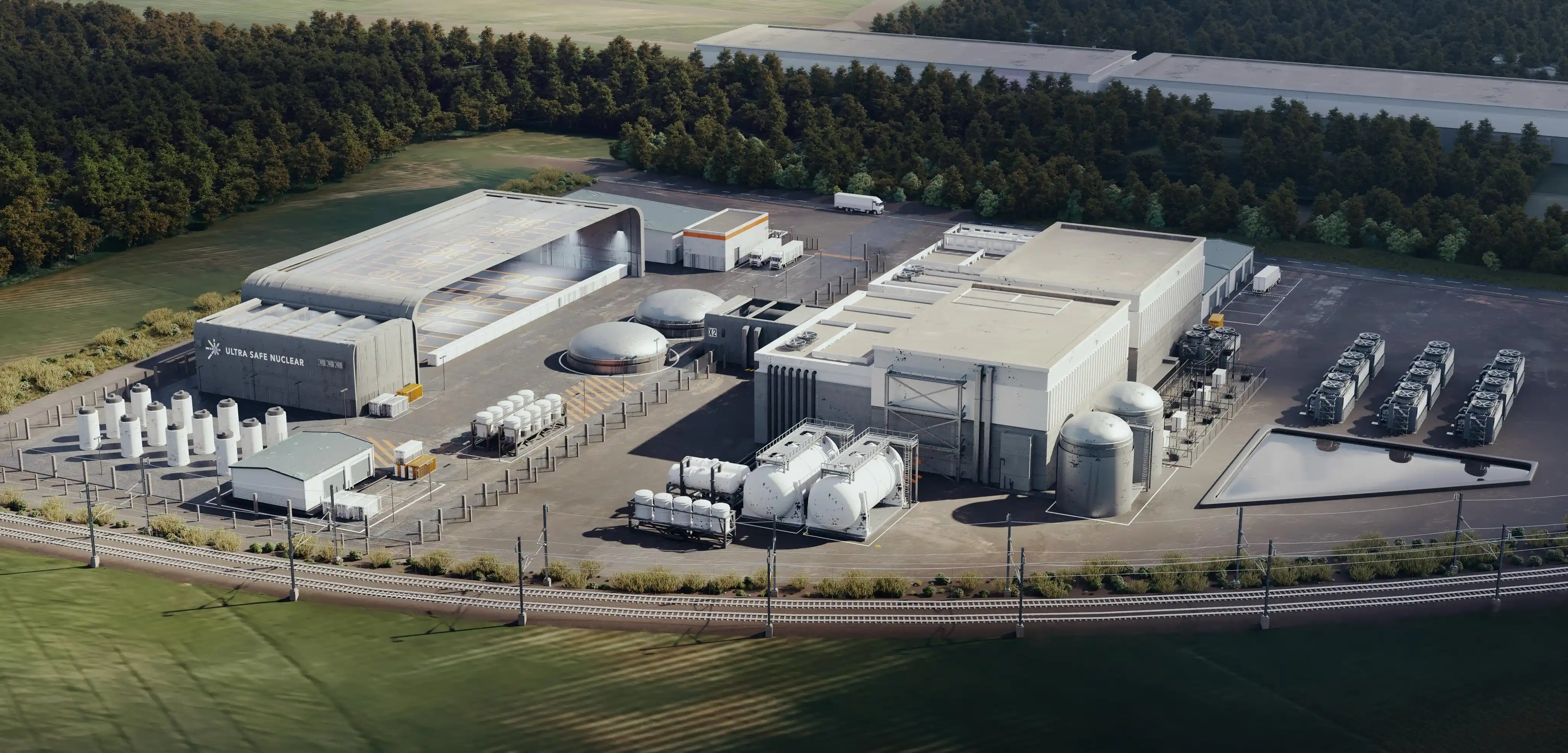
Distributed Energy Resources
Kirstov [1] lays out two possible scenarios for a restructuring of power delivery that addresses potential complications from increasing distributed energy resources (DER) on a grid that has historically been powered by a small number of centralized large-scale generators. How will efficient markets be run with so many energy sources? The first scenario is the so called Grand Central Optimization, a top down scheme in which DERs participate in whole sale markets, and the centralized TSO sets market prices and directly controls all the DERs and perhaps even has a hand in controlling the demand side.[2] The authors find such a scheme intractable due to the high level of detail and control required by the centralized authority to meet its operational requirements. The problem is just too big and complex. It may be a case of “commies with computers” in which starry eyed advocates believe computational power and sensors will finally vindicate Marx. Instead, the authors favor a bottom up decentralized scheme called the Layered Decentralized Optimization in which each segment of the grid is lumped together at the DSO level, and DSO’s communicate with TSO through a single node. This makes each DSO responsible for delivering power to its users by balancing its DERs with imported energy from the TSO. A TSO would be unaware of all the DER data and demand within the DSO and would only need to respond to each DSO’s bids and asks. Essentially, the authors propose separate layers of the grid that have simple communication and separate responsibilities, knowledge, and decision making to make a tractable grid that can support increasing DER and could scale indefinitely.
The logistical market problem addressed in the article is just the tip of the iceberg, only dealing with how the grid will operate to create tractable markets and deliver power. The iceberg itself concerns problems with cost and reliability that will emerge as DER penetration increases. At the advent of electrical power use, grids were localized and disconnected, with a generator on each block – essentially, it was a dispatchable DER system without the benefit of a large-scale backbone grid. The main reason to migrate towards large scale power generation was economies of scale and the predictability of power demand when the number of users is large. These advantages should not be ignored today. Indeed, distributing solar at less than 30MW per plant is not expected to create any benefit. Economies of scale are lost as the power assets are distributed, even when considering the distributed power benefits from deferred network investment, localization of value, and reliability.[3] [4] We have to be careful in the zeal to distribute power.
Costs may further increase because, in contrast to the historic dispatchable DERs, today’s DERs are intermittent. Power delivery is more than selling wholesale electrons – it’s about selling electrons at a particular time and place. It’s about dispatchability and reliability. Freeloading DERs participate in markets on the same footing as dispatch power sources even though their electrons are less valuable and damage the economics of other generators. DERs will sell and deliver power when they can, and the DSO will rely on the TSO backbone to deliver the rest. As intermittent DER penetration increases, that TSO backbone will be made of inefficiently used dispatchable resources and costs will have to increase to support that backbone. Beyond a vision for organizing a DER dominated grid, we need a way to reward dispatchable and reliable sources of power. This requires something more than today’s capacity markets and needs to provide the proper long-term price signals to support development of dispatchable capacity.[4]
Government driven grid reform seems unlikely, either by implementing the article’s decentralized vision or by changing the pricing of electrons to value dispatchability and reliability. How might it all turn out? A possible outcome of increased DER may be an escalation of prices due to increased peaker capacity and loss of economies of scale. Then, driven by consumers demand for low-price and on-demand power, the grid would fractionalize and return to micro grids with storage or small-scale fossil or nuclear generation. Already today, many campuses, bases, airports, and industrial centers are self-sufficiently powered through small natural gas power plants. Their foresight saves them money and offers a template for future customers demanding affordable and reliable power.
[1] Kistov, "A Tale of Two Visions: Designing a Decentralized Transactive Electric System", 2016
[2] “How utility companies lower electricity use by controlling your thermostat | kgw.com.” https://www.kgw.com/article/news/local/will-you-let-the-power-company-control-your-thermostat/283-8fdf6e02-6955-4981-8529-b4cefecc5b7c ( accessed Feb. 19, 2020).
[3] S. P. Burger, J. D. Jenkins, S. C. Huntington, and I. J. Perez-Arriaga, “Why distributed?: A critical review of the tradeoffs between centralized and decentralized resources,” IEEE Power Energy Mag., vol. 17, no. 2, pp. 16–24, Mar. 2019, doi: 10.1109/MPE.2018.2885203.
[4] P. L. Joskow, “Challenges for Wholesale Electricity Markets with Intermittent Renewable Generation at Scale: The U.S. Experience Working Paper Series,” 2019. Accessed: Feb. 18, 2020. [Online]. Available: http://economics.mit.edu/files/15081.